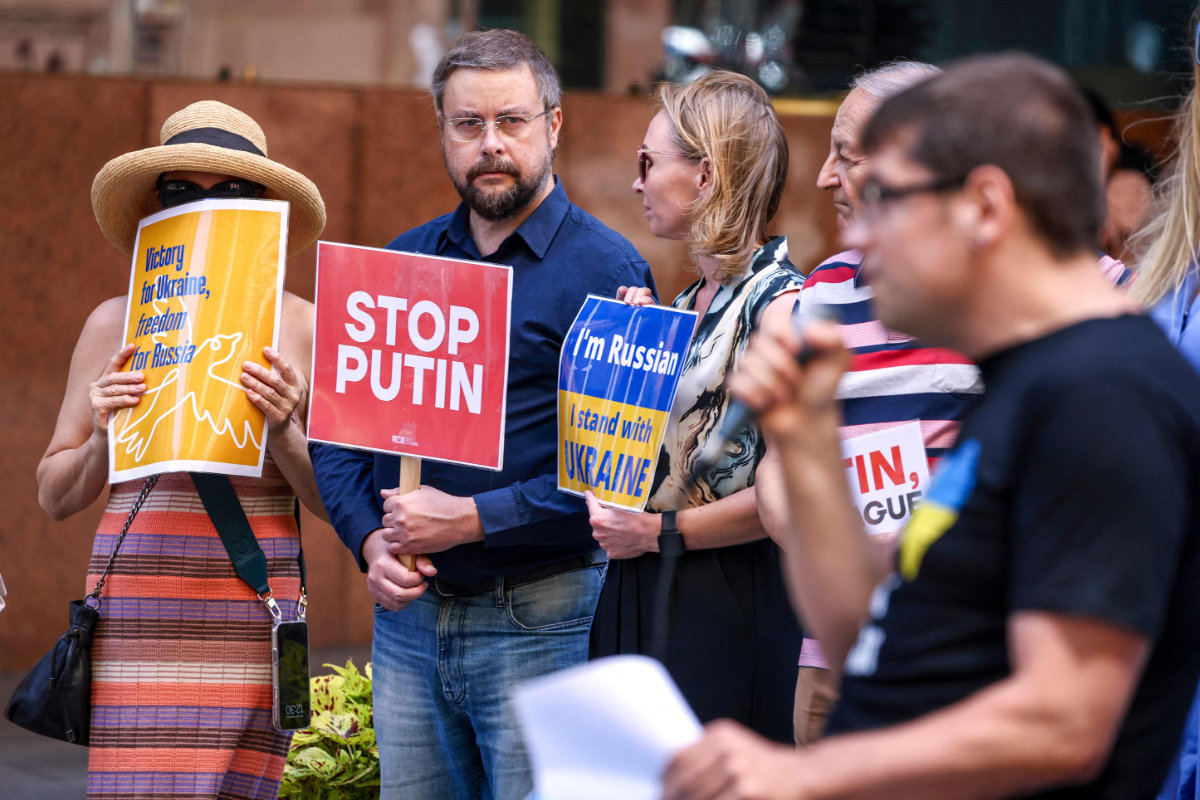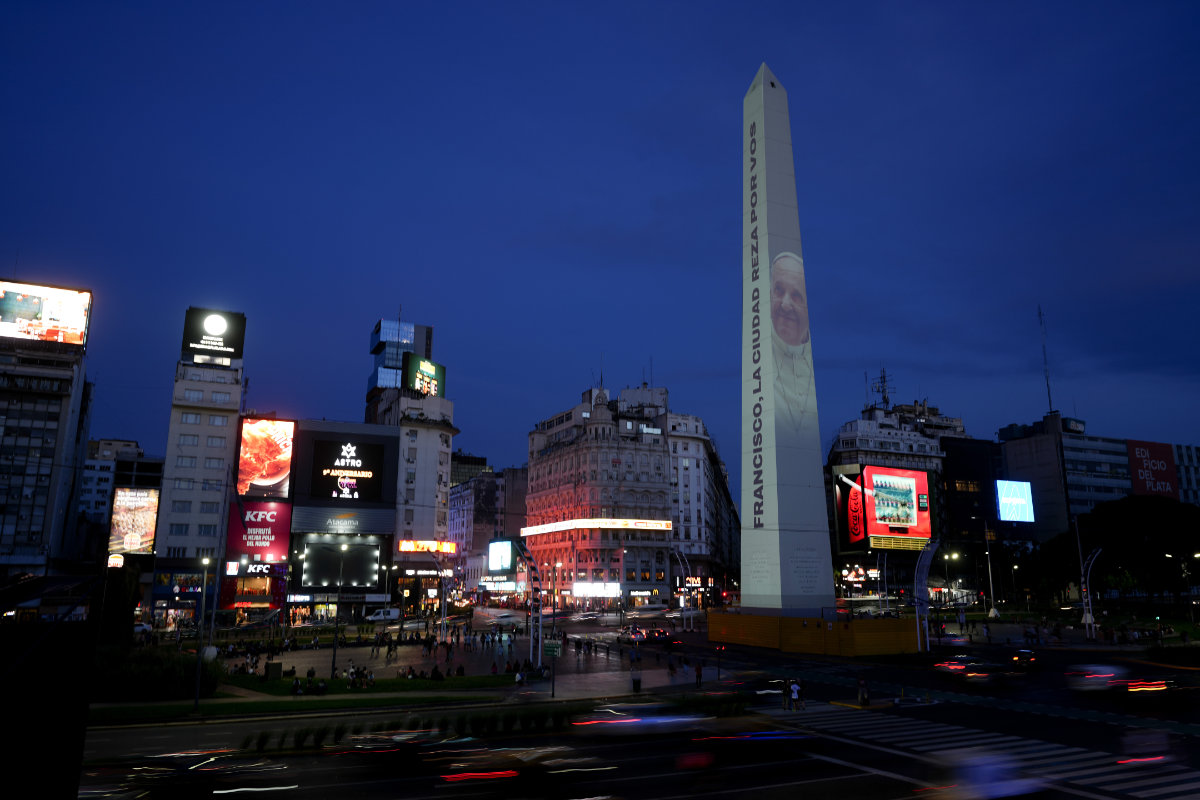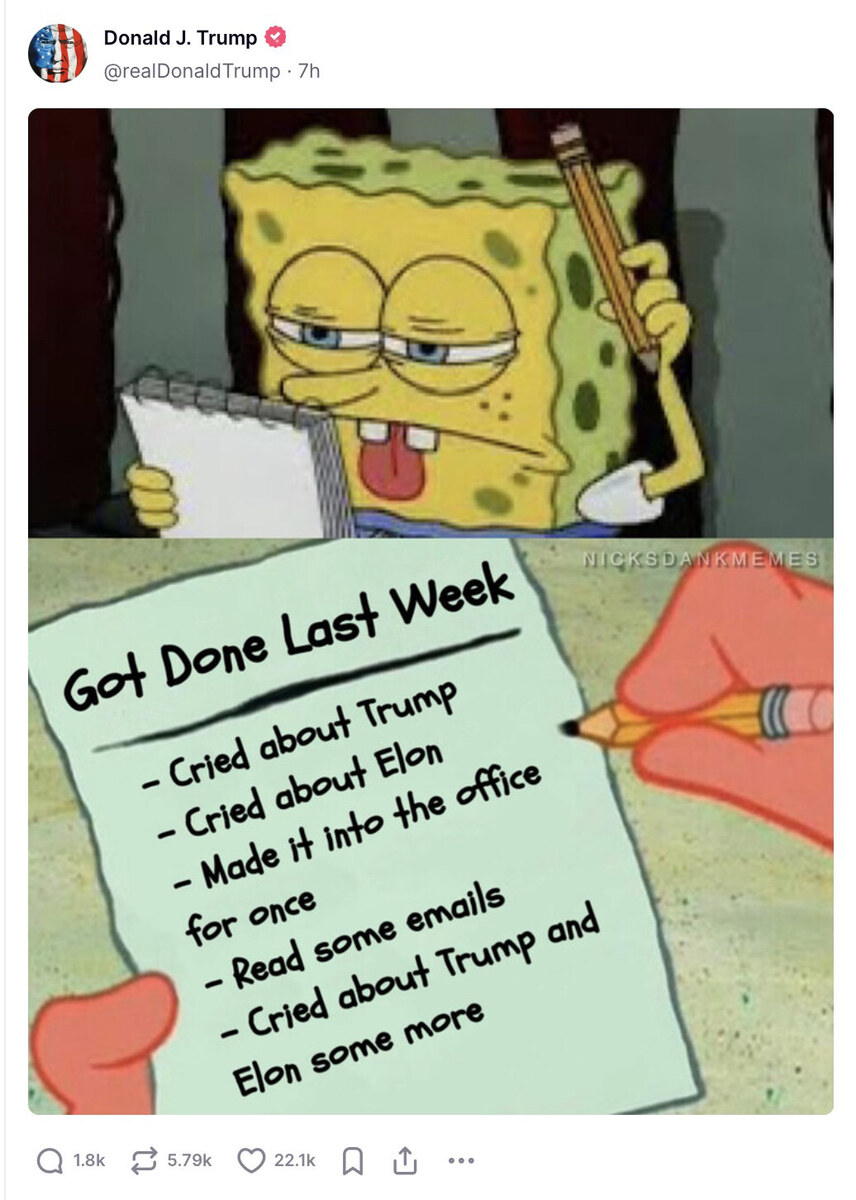UNITED NATIONS: The US has pressured Ukraine to withdraw its European-backed UN resolution demanding an immediate withdrawal of Russian forces from Ukraine in favor of an American proposal that does not mention Moscow’s invasion, a US official and a European diplomat said Sunday.
But Ukraine refused to pull its draft resolution, and the UN General Assembly will vote on it Monday, the third anniversary of Russia’s invasion of Ukraine, two European diplomats said.
The 193-nation General Assembly then is expected to vote on the US draft resolution, according to the diplomats and the US official, who spoke on condition of anonymity because private negotiations are still ongoing.
The Trump administration is also seeking a vote on its proposal in the more powerful UN Security Council. China, which holds the Security Council presidency this month, scheduled a vote on the US resolution for Monday afternoon.
The dueling resolutions – the first since the invasion – highlight the tension between the US, Ukraine and European countries in the five weeks since President Donald Trump took office and has opened talks with Russia after years of isolation in a bid to end the war. European leaders were dismayed that they and Ukraine were left out of preliminary negotiations between the US and Russia last week.
The General Assembly has become the most important UN body on Ukraine because the Security Council, which is charged with maintaining international peace and security, has been paralyzed by Russia’s veto power.
There are no vetoes in the General Assembly, and its votes are closely watched as a barometer of world opinion. However, its resolutions are not legally binding, unlike those adopted by the Security Council.
Since Russian forces crossed Ukraine’s border on Feb. 24, 2022, the assembly has adopted half a dozen resolutions condemning the war and demanding the immediate withdrawal of Russian troops.
The assembly votes have shown strong global opposition to Russia’s conflict, and the votes on the rival resolutions Monday will be closely watched to see if that support has waned – and to assess support for Trump’s effort to bring a speedy end to the war.
One European diplomat said there has been intense lobbying and arm-twisting on the rival resolutions. The US official said the US is trying to get Ukraine and the Europeans to back down on their draft. It comes as Trump plans to host French President Emmanuel Macron on Monday in Washington.
The United States believes “this is the moment to commit to ending the war. This is our opportunity to build real momentum toward peace,” Secretary of State Marco Rubio said in a statement late Friday.
He said that “while challenges may arise, the goal of lasting peace remains achievable” and that the resolution would “affirm that this conflict is awful, that the UN can help end it, and that peace is possible.”
The Ukraine resolution, co-sponsored by the 27-nation European Union, refers to “the full-scale invasion of Ukraine by the Russian Federation” and recalls the need to implement all previous assembly resolutions “adopted in response to the aggression against Ukraine.”
It singles out the General Assembly’s demand that Russia “immediately, completely and unconditionally withdraw all of its military forces from the territory of Ukraine within its internationally recognized borders” and its demand to immediately halt all hostilities.
And it calls for “a de-escalation, an early cessation of hostilities and a peaceful resolution of the war against Ukraine.”
The very brief US draft resolution acknowledges “the tragic loss of life throughout the Russia-Ukraine conflict” and “implores a swift end to the conflict and further urges a lasting peace between Ukraine and Russia.” It never mentions Moscow’s invasion.
Russia’s UN ambassador, Vassily Nebenzia, told reporters last week that the US resolution was “a good move.”
Russia also suggested an amendment, seeking to add the phrase “including by addressing its root causes” so the final line of the US resolution reads, “implores a swift end to the conflict, including by addressing its root causes, and further urges a lasting peace between Ukraine and Russia.”
US pressures Ukraine to nix its UN resolution demanding Russian forces withdraw
https://arab.news/87bwf
US pressures Ukraine to nix its UN resolution demanding Russian forces withdraw

- But Kyiv refused to pull its draft resolution, and the UN General Assembly will vote on it Monday
- Trump administration is seeking a vote on its proposal in the more powerful UN Security Council






























